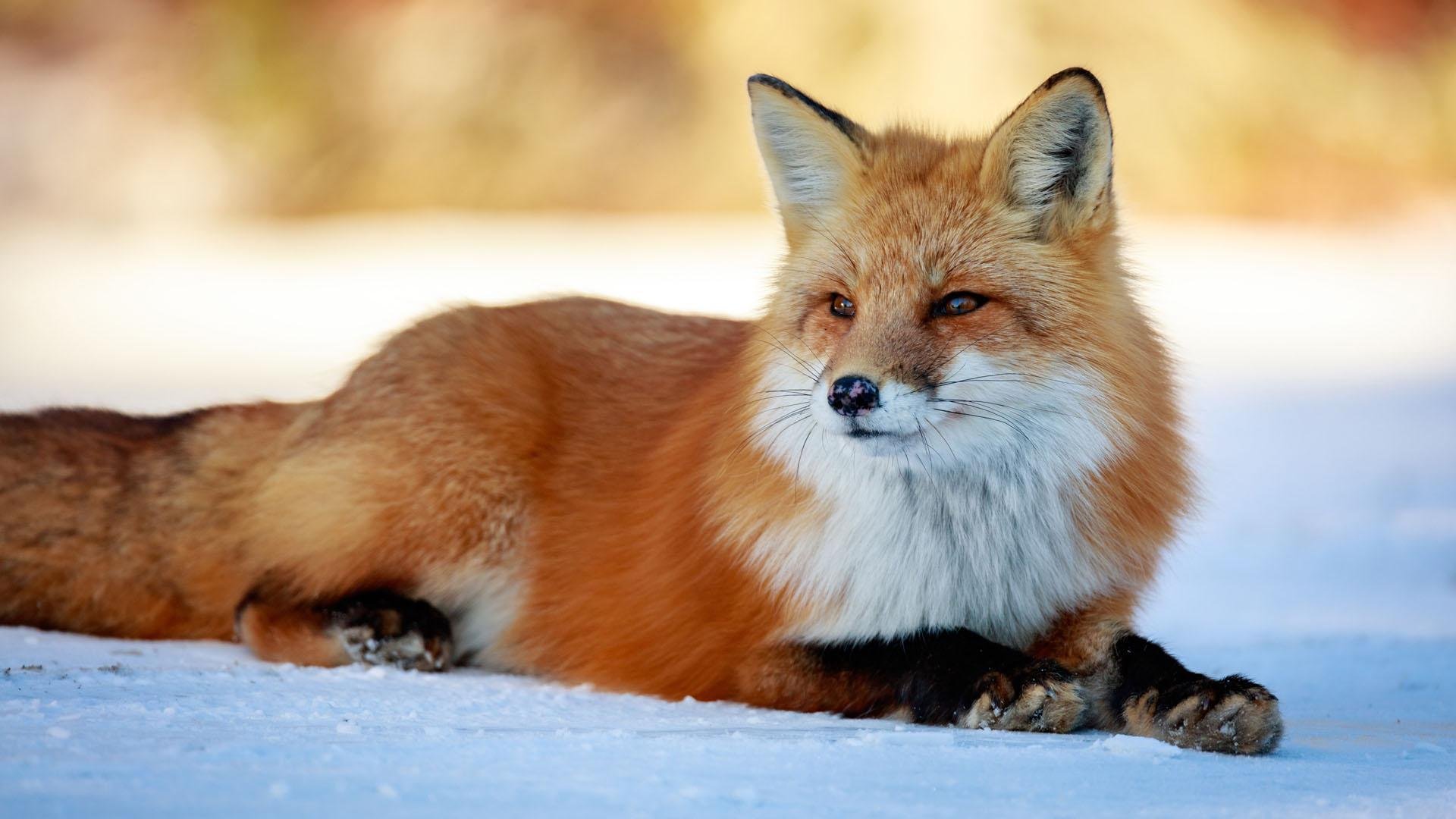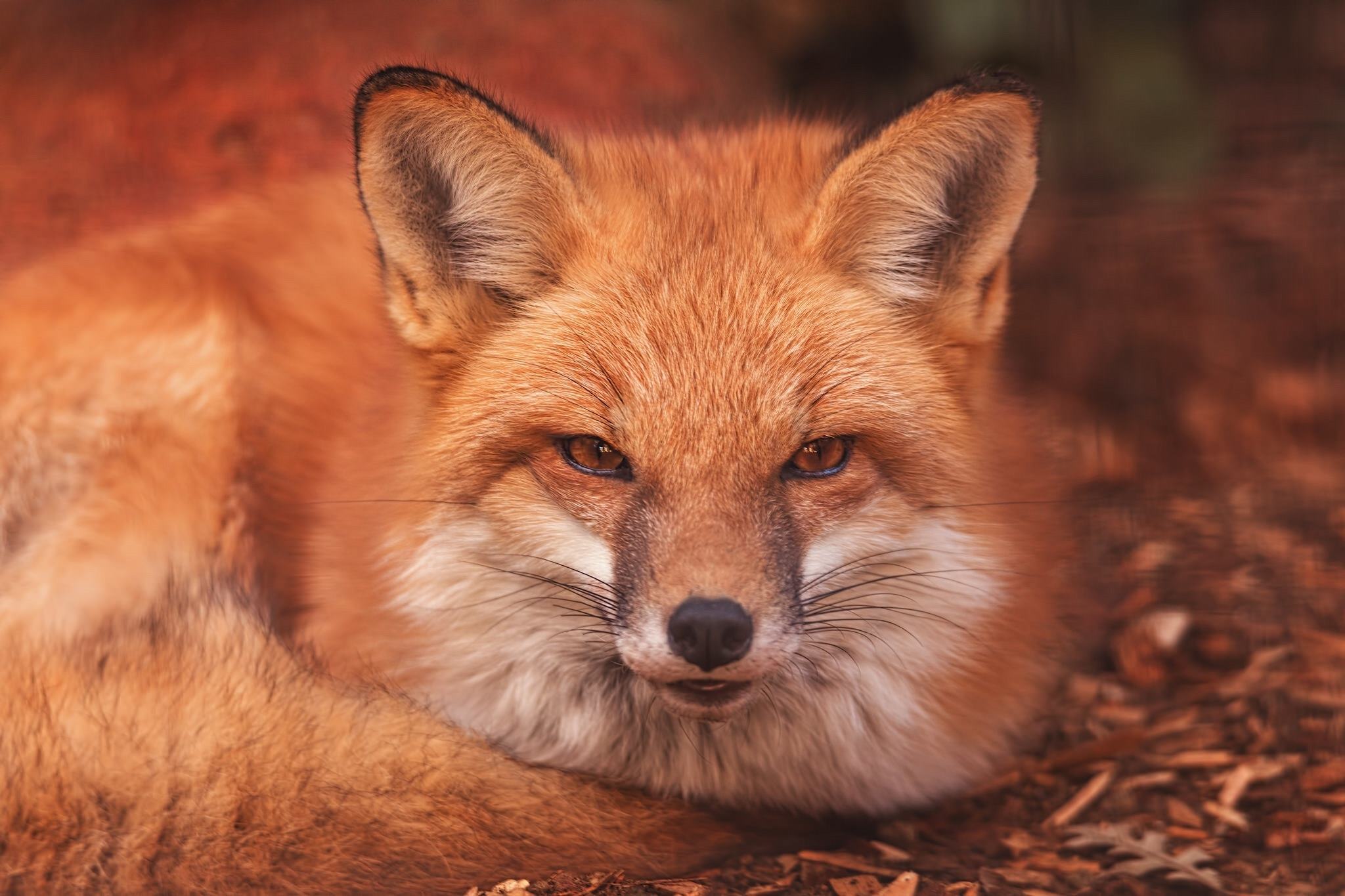
Foxes belong to the Canidae family, which includes dogs, wolves, and other canids. Renowned for their cunning nature and adaptability, foxes have captured human imagination through folklore and media. They are primarily found in various habitats across the globe, from dense forests to urban landscapes.
Species Diversity
There are about 37 species of foxes, with the red fox (Vulpes vulpes) being the most widely recognized. This species is distinguished by its reddish-orange fur, bushy tail, and sharp facial features. Other notable species include the Arctic fox (Vulpes lagopus), known for its stunning white winter coat, and the fennec fox (Vulpes zerda), famous for its large ears and desert adaptations.
Physical Characteristics
Foxes exhibit a range of physical traits that vary by species. Generally, they possess elongated bodies, slender legs, and pointed snouts. Their ears are typically erect, enhancing their acute sense of hearing, which is crucial for hunting. The bushy tail, often referred to as a “brush,” serves multiple purposes, including balance, communication, and warmth.

Habitat and Distribution
Foxes are remarkably adaptable, thriving in diverse environments. The red fox, for instance, can be found in North America, Europe, Asia, and even parts of Africa. Arctic foxes inhabit polar regions, while fennec foxes are native to the Sahara Desert. This adaptability allows them to exploit various food sources, including small mammals, birds, fruits, and insects.
Behavior and Social Structure
Foxes are generally solitary animals, although they can form small family groups, especially during the breeding season. They communicate using a range of vocalizations, body language, and scent markings. Their keen senses make them skilled hunters, often employing cunning tactics to outsmart prey.

Reproduction and Lifecycle
The breeding season for foxes typically occurs in winter, with a gestation period of about 52 days. Female foxes, known as vixens, usually give birth to a litter of 2 to 12 kits. The young are born blind and helpless, relying on their mother for care. As they grow, kits learn essential survival skills through play and exploration.
Diet and Hunting Techniques
Foxes are omnivorous, and their diet varies based on available food sources. They are opportunistic hunters, using a combination of stealth and speed to catch prey. Foxes often cache surplus food, burying it for later consumption. This behavior helps them survive during scarce times.

Interaction with Humans
Throughout history, foxes have been a part of human culture, symbolizing cleverness in various myths and stories. However, as urban areas expand, foxes have adapted to human presence, often foraging for food in suburban neighborhoods. While some people appreciate their presence, others view them as pests.
Conservation Status
Most fox species are not currently endangered, but habitat loss and hunting pose threats to certain populations. Conservation efforts focus on maintaining healthy ecosystems and mitigating human-wildlife conflicts. Education about the ecological role of foxes is vital for fostering coexistence.
Cultural Significance
In various cultures, foxes hold symbolic meanings. In some Native American folklore, they are seen as tricksters, while in Asian cultures, they are often associated with wisdom and intelligence. Their portrayal in literature and film has solidified their status as captivating creatures.
Conclusion
Foxes are remarkable animals that embody adaptability and cunning. Their ability to thrive in diverse environments, coupled with their intriguing behaviors, makes them a subject of fascination for many. Understanding and respecting these animals is crucial for promoting coexistence and preserving their habitats.
